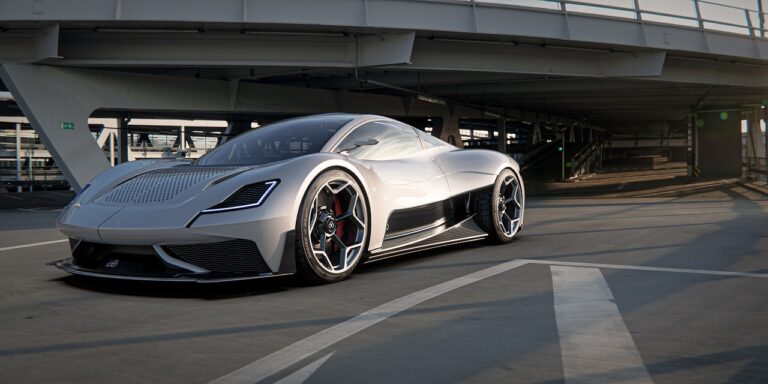Exploring Cultural Differences in Automotive Air Conditioning Preferences
allpanel mahadev, lotus 365.fun login, all panel login:Exploring Cultural Differences in Automotive Air Conditioning Preferences
When it comes to automotive features, air conditioning is a must-have for most drivers. However, did you know that preferences for air conditioning can vary greatly across different cultures? In this blog post, we’ll delve into the fascinating world of cultural differences in automotive air conditioning preferences.
Understanding Cultural Variations
Cultural differences play a significant role in shaping people’s preferences and behaviors. This holds true for automotive air conditioning as well. In some cultures, such as those in hot and humid climates, air conditioning is considered essential for comfort and even health reasons. In contrast, in some colder climates, people may not prioritize air conditioning as much.
Let’s take a closer look at some of the key cultural differences that impact automotive air conditioning preferences:
1. Climate: Climate plays a crucial role in shaping air conditioning preferences. People living in hot and humid regions are more likely to value air conditioning in their vehicles to stay cool and comfortable. On the other hand, those in colder climates may not see air conditioning as a necessity.
2. Socio-economic factors: Socio-economic factors also play a role in determining air conditioning preferences. In some cultures, having air conditioning in a vehicle may be seen as a status symbol, reflecting wealth and social standing. In contrast, in cultures where frugality is highly valued, people may opt to forgo air conditioning to save on fuel and maintenance costs.
3. Cultural norms: Cultural norms and values can influence how people perceive and use air conditioning in their vehicles. For example, in some cultures, there may be a belief that using air conditioning excessively is wasteful or harmful to the environment. This could lead to a more conservative approach to using air conditioning.
4. Personal preferences: Finally, individual preferences also play a role in air conditioning choices. Some people may simply prefer a cooler environment in their vehicles, regardless of their cultural background. Others may prioritize fuel efficiency or environmental sustainability over comfort.
Navigating Cultural Differences
As automakers cater to a global market, understanding cultural differences in air conditioning preferences is crucial. By taking into account these variations, manufacturers can design vehicles that meet the needs and preferences of diverse consumer groups.
Here are a few ways in which automakers can navigate cultural differences in air conditioning preferences:
1. Customization options: Providing customization options for air conditioning settings can allow drivers to adjust the system to their individual preferences. This could include adjustable temperature controls, air flow settings, and even personalized presets based on cultural norms.
2. Education and awareness: Educating consumers about the benefits of using air conditioning in their vehicles, especially in hot climates, can help dispel any misconceptions or cultural barriers. Promoting the health and safety benefits of air conditioning can encourage more widespread adoption.
3. Sustainability initiatives: In cultures where environmental sustainability is a priority, automakers can focus on developing eco-friendly air conditioning technologies. This could include more energy-efficient systems, use of environmentally-friendly refrigerants, and promoting eco-driving practices to minimize air conditioning usage.
4. Market research: Conducting thorough market research to understand cultural preferences and behaviors around air conditioning is essential for designing effective strategies. By gathering insights from diverse cultural groups, automakers can tailor their products and marketing efforts to resonate with different audiences.
Exploring the nuances of cultural differences in automotive air conditioning preferences can provide valuable insights for automakers seeking to connect with a global audience. By understanding and respecting these variations, manufacturers can create vehicles that cater to the diverse needs and preferences of drivers around the world.
FAQs
Q: Are there any cultural taboos or superstitions related to air conditioning in vehicles?
A: While cultural beliefs and superstitions can vary greatly, some cultures may have taboos related to using air conditioning in vehicles. For example, in some cultures, there may be a belief that using air conditioning can bring bad luck or cause health issues. Understanding and respecting these cultural beliefs is important when designing products for different markets.
Q: How do cultural differences in air conditioning preferences impact the automotive industry?
A: Cultural differences in air conditioning preferences can have a significant impact on the automotive industry. By taking these variations into account, automakers can design vehicles that better align with the needs and preferences of diverse consumer groups. This can lead to increased customer satisfaction, brand loyalty, and market share in different regions.
Q: Are there any cultural rituals or practices related to air conditioning in vehicles?
A: Some cultures may have specific rituals or practices related to air conditioning in vehicles. For example, in certain cultures, it may be common to perform a blessing or prayer before turning on the air conditioning for the first time. These cultural practices can add a layer of meaning and significance to the use of air conditioning in vehicles.







